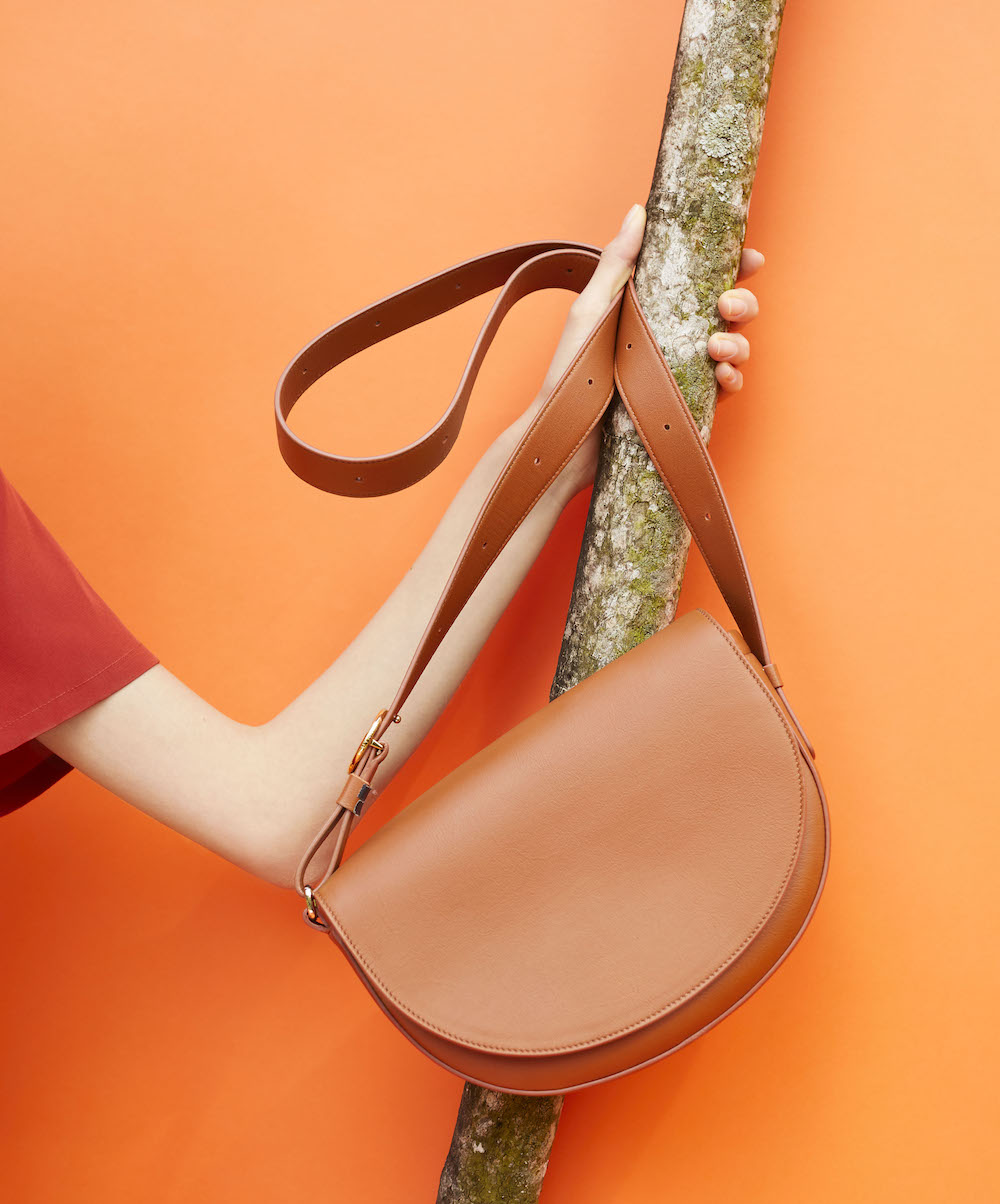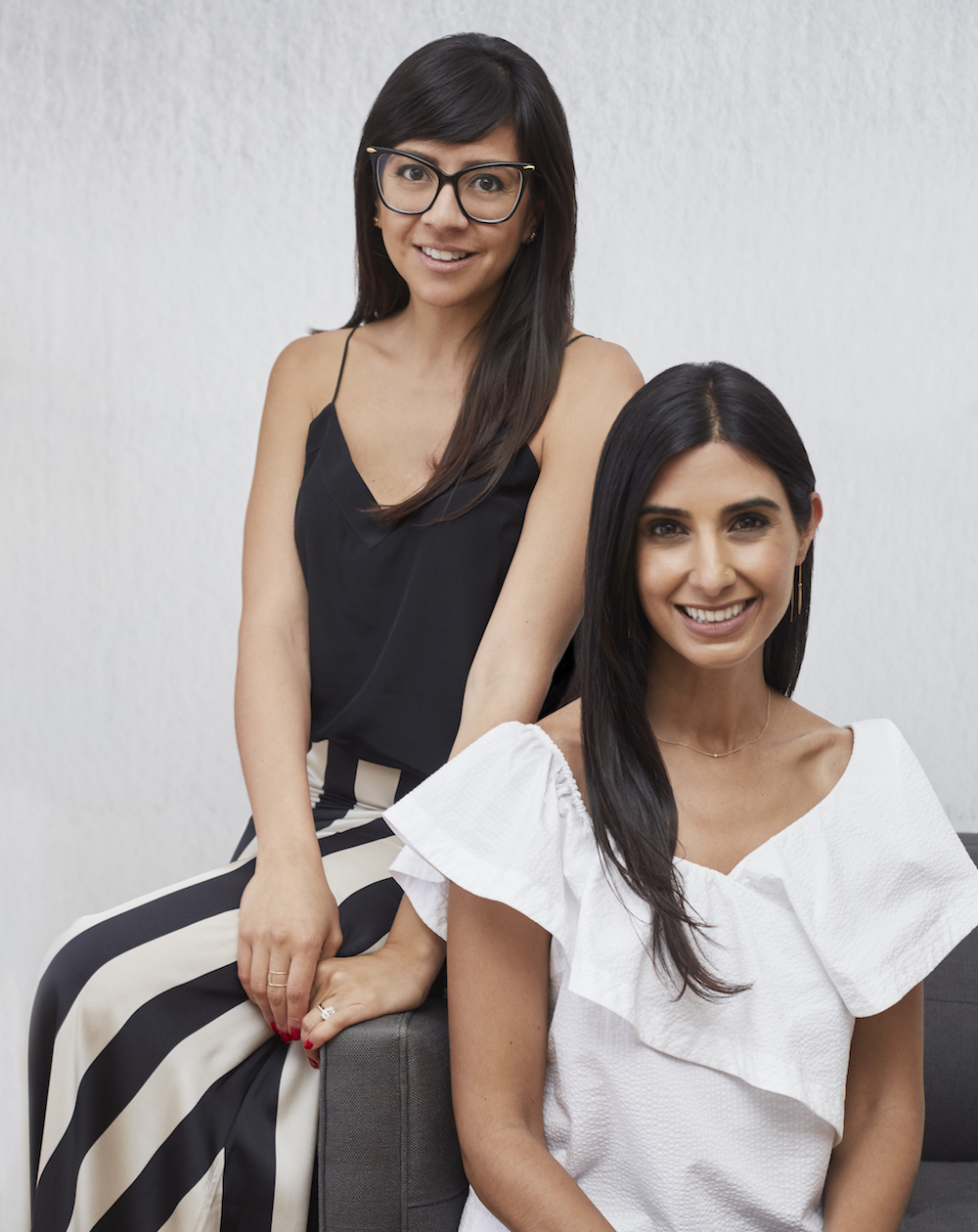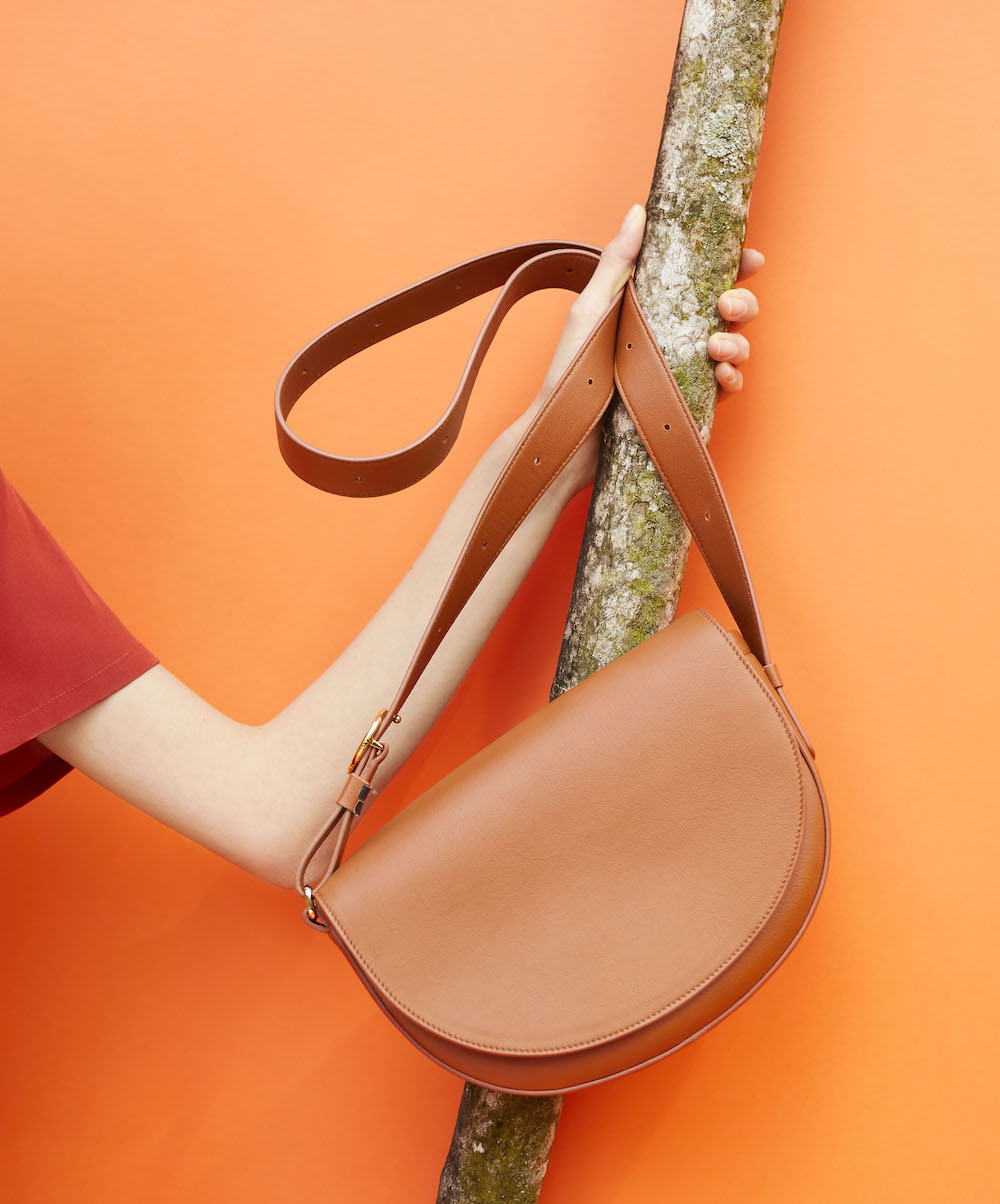Founded in 2013, Cuyana rose to prominence amongst an explosion of direct-to-consumer retail brands. While many of its cohort were chasing digital ad dollars, it was one of the first to truly embrace brick and mortar, spreading its gospel of “fewer, better things” to a wider audience via a series of popups in major metropolitan areas. The brand now operates five permanent locations across Los Angeles, San Francisco and New York.
Also notable is Cuyana’s approach to growth and funding: Unlike fellow DTC brands that relied on outside investment for growth and scaled too quickly, a recent Series C investment is Cuyana’s first round accepted purely for growth, rather than operation costs. Built completely vertical from the ground up, Cuyana has created a profitable and sustainable business that owns every touchpoint along the customer journey.
PSFK spoke to co-founders Karla Gallardo and Shilpa Shah following the announcement of this funding, about how they stay true to their brand mission towards thoughtful consumption and maintain relationships with their loyal customer base.
PSFK: What are some of the trends that you’re seeing in retail today, and that you’re leveraging in your work?
Shilpa Shah: The number one trend that we saw back in 2010 was the need for brands to take the noise out of the consumer shopping experience by offering fewer and better, both from a brand standpoint as well as product.
That’s a key trend that we continue to capitalize on. It’s about more than just making a profit. Our big mission with Cuyana is to enable confidence and to streamline women’s lives.
We are also seeing that people are increasingly interested in purchasing intentionally. There are more players offering lines of essentials, and even some larger brands among them. Where we have expertise is that we’ve perfected what essentials mean to our customer.
What do you think led to this need for fewer, better? Are consumers overwhelmed by choice?
Karla Gallardo: That’s the core of it. Fast fashion as well as the increase in costs of materials and labor deteriorated what were once quality brands.
Shilpa Shah: It’s a crowded market with not enough quality. Instead, retailers started using newness to market to consumers, implying that that’s what will make them feel confident. Eventually, that stopped being meaningful. Consumers weren’t connecting with the brands that were producing them. All the brands were starting to look the same.
Tell us about how you used that to found Cuyana.
Shilpa Shah: There’s a spectrum of women out there. Cuyana was about meeting the needs of that wide range. What led us to start it is that we felt the pieces we wanted to wear didn’t exist, and that price value proposition wasn’t there. The products that we could wear over and over again weren’t there. There weren’t pieces that really streamlined busy women’s lives.
Karla Gallardo: That original value proposition of high quality at more affordable prices than luxury was really starting to decay, as favored contemporary brands lowered the quality of their products and scaled back innovation. We wanted to change that, providing women with what they really were looking for and at prices that corresponded with quality.

Could you explain your DTC strategy and how you’ve reinvented the traditional retail model?
Karla Gallardo: The focus of direct‑to‑consumer tends to be on distributing high‑quality product directly, so that the price point can be lower. To us, it’s about more than that. It’s having control of every single one of the customer touchpoints along the way so that we can be masters of our own customer and continue to provide an experience and product that evolves through time in relation to customer demand.
For us, DTC meant being able to innovate on supply chain to deliver really luxurious product to a wider demographic through a better price point. It also meant capturing data along the way so that we could be smarter in how we evolve our brand.
Could you describe Cuyana’s target customer?
Karla Gallardo: Our core demographic is women 30 to 45 years old. 85% of our customer has a Bachelor’s degree or above. It’s a customer who has a household income between $100,000 and $400,000. It’s someone who’s educated, travels and lives in an urban area. She is also busy. Those are the psychographic elements that drive the design process so that we can bring her convenience.
Cuyana is committed to transparency and sustainability, partnering with The Lean Closet movement as well as thredUP. Could you explain how you enable these values, and how you communicate them to your consumer?
Shilpa Shah: The number one way we’re sustainable is by encouraging consumers to make better choices. If consumers make better choices, then they won’t over-consume and things won’t end up in a landfill. The other is by designing quality products that will last.
We’re sustainable at every level of our business, from the way that we design to the way that we produce. We’re actually matching supply to demand. We also offer ways to recycle and reuse, like donating at thredUP so consumers can find a home for their worn items.
The last piece is our use of organic materials. If products ever do make it to landfill, they will decompose. We really focus on using more sustainable materials.
Karla Gallardo: We’re seeing a lot of companies saying, “By 2098, we’re going to be plastic‑free.” We started with organic materials from the very beginning of our business.
Can you explain a bit more about how you embody the fewer, better ethos?
Shilpa Shah: When we design a couple different dress styles, we’ll pick the winners. We’re not trying to inundate customers with five choices. We’ll give them three and all of them are ones that we believe in. Across the board, we want everything to feel curated.
We tell customers what’s going to look the best. That’s simplified for them. We’re not going to offer you colors where you can make a mistake. That’s very intentional.
How do you leverage all the data that you gather, as well as the qualitative feedback that you get from consumers, in order to continue certifying your operations and your offerings?
Karla Gallardo: The fundamental aspect is inventory predictions and forecasts. We have historical data from products that have been with us for eight years.
We really understand the sales pattern of all of these. When it comes to making inventory, we have a lot of data intelligence that allows us to be incredibly precise. That is one area where most of the industry has a hard time. If there’s a new product all the time it’s hard to gauge.
That information also informs the redesign process. Because we have some products that have been with us for so many years, we will come back and add a new layer to that product and put it back on the market.
An example is our Silk Tee dress. We just redesigned the hem and we added a gold stud in the back. Those small changes are informed by consumer feedback.
We’ve been collecting and learning. Our next phase is going to be a super interesting phase where that’s a more core part of our day to day.
Shilpa Shah: There are feedback loops everywhere—social media, the store, email. We definitely take those things very seriously. A lot of our products came from customer feedback or asks.

As a DTC brand, what led to the decision to open a brick-and-mortar store?
Karla Gallardo: It was a decision that happened in 2012, early in the brand’s journey. We always knew that to build a brand, it’s about a larger philosophy than just the product itself. There needs to be a physical space, not only to touch and feel, but also to be a part of the brand.
We were selling luxurious products at really low price points. Doing that online only without having a physical manifestation of the product or having the ability to show that to more people was challenging.
Also, we predicted that digital advertising was going to increase as more brands crowded the market. Even though people thought that opening a store was incredibly expensive, we knew that as bigger retailers were abandoning those spaces, we could take advantage of that availability of supply. While supply was getting diminished in the advertising space, we could build growth through a channel that others were ignoring.
Shilpa Shah: It all works cohesively. Our customer shops both online and brick and mortar. The overlap is quite large. It’s only a small percentage of those customers who are buying on one channel. We see great lifts locally when we open a store. We already have an audience that’s waiting for that store. The marketing activations that we do are not only just for that store but also allow us to increase awareness digitally as well.
You recently received a new round of funding, which is one of the largest a female‑funded fashion company had ever received. How do you anticipate that this will allow you to maintain growth and avoid some of the pitfalls that have befallen other DTC brands?
Karla Gallardo: Thinking of the bottom line as part of our overall business model has been a part of Cuyana from day one. For us to receive this round of funding doesn’t change the philosophy of how we run the business.
It’s a push and pull between focusing on selling and focusing on continuing to build the infrastructure and foundation of the business to be able to achieve results that are optimized, capital‑efficient and profitable.
We’ve gone through a few years where we have been building this infrastructure for profitability. Now it’s a great pleasure to take this capital and invest it in key growth areas that are customer‑facing, which are retail stores or product assortment, and our brand, our fewer, better ethos.
Our backbone is an incredibly well‑designed and complex omnichannel model. It’s our supply chain from how we make product to how we deliver it. It’s our monogramming process and systems. It’s how we capture data and how we use data.
How will you balance new plans for expansion with the embodiment of fewer, better?
Karla Gallardo: We will always have a curated offering for the customer. We will always only open stores that make sense. We will never make decisions to grow the company while diluting what we’re about.
It’s a constant exercise and constant discipline. It’s easy to get persuaded into opportunities that may have the sales opportunity, but may dilute the brand.

Co-founders Karla Gallardo and Shilpa Shah.
Our philosophy is that we actually prefer the brand initiatives and the brand opportunities because we believe in long‑term results. We build this brand with that mentality always, never diluting what we stand for.
For more from brands like Cuyana that use data and customer insight to build a quality brand curated around what consumers really want, see PSFK’s reports and newsletters.

